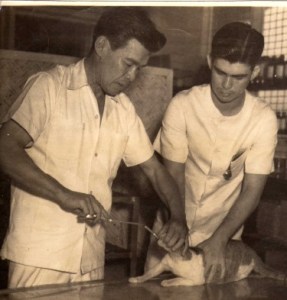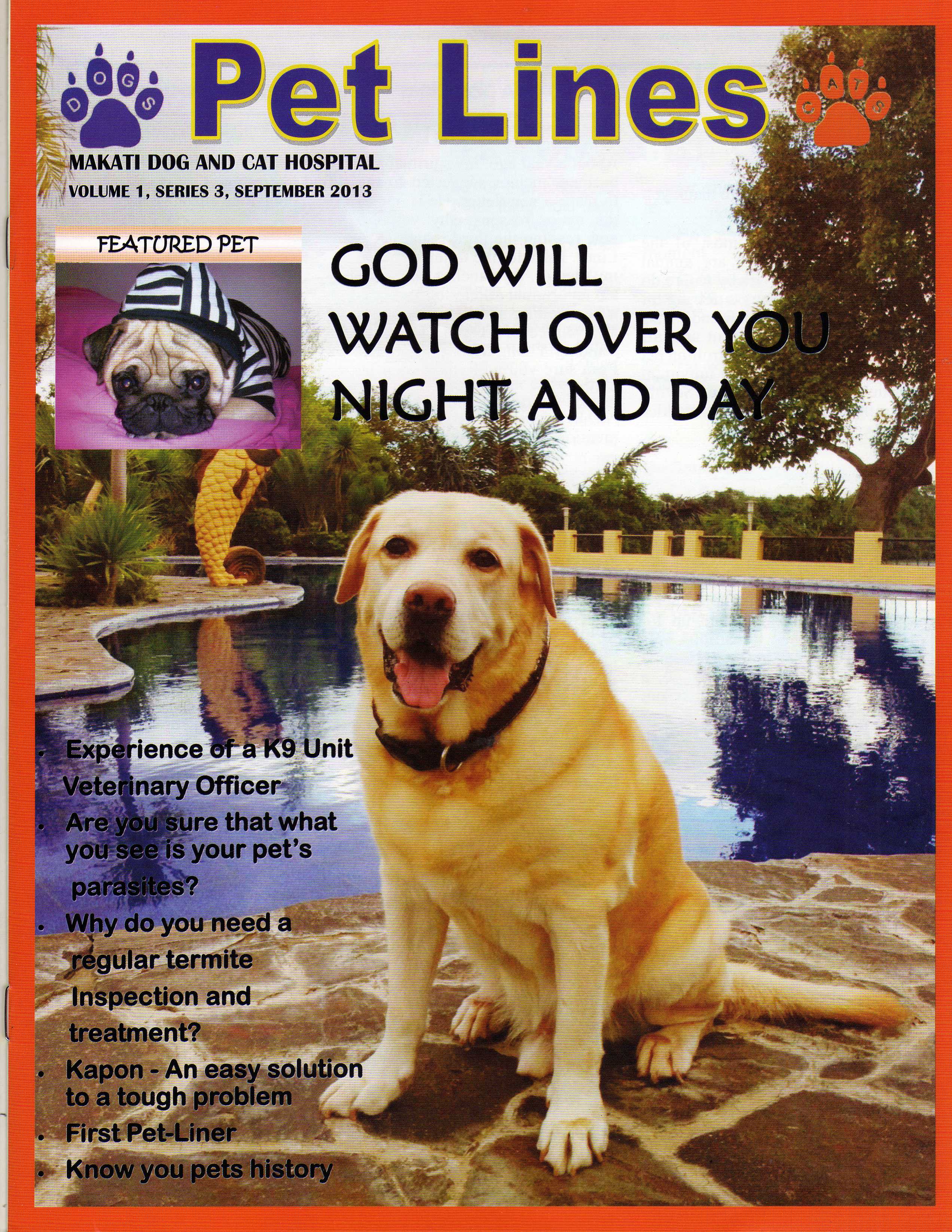
In creating this article I have divided the topic into 3 parts in order to fully explore the concepts for each part as well as to allow the readers to fully appreciate and grasp the idea for each part individually and the whole concept in its entirety.
The 3 sub-articles for Pet Shelters during Disasters and Emergencies are as follows:
* Defining the role of pet shelters in Disasters and Emergencies
* Types of Pet Shelters
* Pet Shelter Options – Your Vet, Your Relative, Your Bug-out site
As in my previous article let us define the relevant terms and concepts involved before proceeding to the descriptive and technical aspects of the topic.
Now to begin let us start off with our first sub-article: Defining the role of pet shelters in Disasters and Emergencies
Defining the role of pet shelters in Disasters and Emergencies (Part 1 of 3)
To start things off let us review the definition we’ve been using for Disasters and Emergencies and that is Emergency Preparedness as addressing instances such as common household emergencies to events that affect your immediate family while Disaster Preparedness deals more with Natural and Manmade disasters affecting more people in a wider area such as a community, province, or region.
Having mentioned the above, let us also create a definition of Pet Shelters as used in the context of Disasters and Emergencies. For Emergency situations, such as accidents, a pet shelter is used to help your pet remain calm and relax, aid in the treatment of injuries, and prepare your pet for transport to more advanced care facilities such as your Veterinarian.
In a Disaster situation, pet shelters also play the same roles as those in Emergencies only in this case the stress levels on both pet and owner are greatly increased. This is due to the fact that the normal flow of daily life has been greatly affected by several factors. Some examples are:
* Environmental – your surroundings may have been greatly affected by a natural disaster such as a flood or an earthquake
* Health – your pet may be forced to be restrained or caged for prolonged periods of time plus the upheaval that follows a disaster can cause stress on your pet affecting their health.
* Quality of Life – Food, Water, and Basic Services (including Veterinary Services) may be very hard to come by or at the very least rationed and sourced out with great effort.
In both Emergency and Disaster situations and the factors listed above the more we encourage pet owners to have a preparedness mindset.
That is, make a checklist, build your pet’s Bug-Out Bag, and identify evacuation sites, and so on. In all of these activities the pet shelter plays a vital role in your preparedness plans. As pet owners the responsibility for caring for your pets lies with you. Your pets will rely on you to have the best quality of life possible during the best of times. But, as Emergencies or Disasters occur (And in this country Disasters will ALWAYS occur) your pet’s reliance on you to keep them safe and healthy will greatly increase.
On the human side of that equation being knowledgeable in what to do in an Emergency or Disaster to your pet is similar to what we feed in the rescue community when arriving at an accident. That is, instead of fear and panic taking over you become proactively involved in alleviating your pet of any further pain and suffering during Emergencies and Disasters.
For the pet’s owner this also helps to alleviate the emotional stress they go through when they see or even know that their pet is in a bad situation.
I hope this has helped the readers and especially those that are pet owners to think about their roles and responsibilities in Emergency and Disaster preparedness for their pets and the definition of Pet Shelters in those preparations.
In part 2 of this article I will be discussing the different Types of Pet Shelters. In it I will be describing the items needed to put together your pet shelter, their different uses according to the situation involved
Until the next newsletter I wish you all to Stay Safe and Be Happy!
I hope this was helpful for you. Should you have any questions or concerns I would love to hear from you. Please contact me at pateros_14@rocketmail.com and I’ll try to get back to you as soon as I can.
Thanks and Stay Safe.
Benedict “Dinky” de Borja has been a volunteer Firefighter + Medic for the Pateros Filipino-Chinese Volunteer Fire and Rescue Brigade for the last 5 years. He helps Dr. Sixto Carlos on topics such as Emergency and Disaster Preparedness, as well as First Aid.
 Owning a pet is not as easy as ABC. You have to consider a lot of things. Our pets provide unconditional love and care for us, but let us not forget the responsibilities we have in taking care of them.
Owning a pet is not as easy as ABC. You have to consider a lot of things. Our pets provide unconditional love and care for us, but let us not forget the responsibilities we have in taking care of them. lifetime commitment. Pet animals and their owner develop deep bonds between them. It is a must to provide your pet shelter, food, water, medical care, love and attention.
lifetime commitment. Pet animals and their owner develop deep bonds between them. It is a must to provide your pet shelter, food, water, medical care, love and attention.













